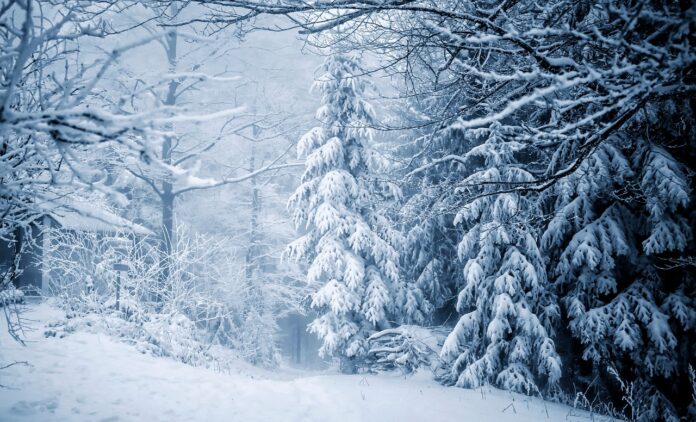Winter is one of the four seasons characterized by cold temperatures, shorter days, and snowfall. It typically begins in December in the Northern Hemisphere and June in the Southern Hemisphere, bringing frosty landscapes, cozy evenings by the fire, and opportunities for winter sports.
Winter is associated with holidays such as Christmas and New Year’s, as well as traditions like building snowmen and drinking hot cocoa. From the beauty of snowflakes to the wonder of the Northern Lights, winter offers a unique array of experiences to enjoy.
Interesting Facts About Winter
- Winter solstice, the shortest day of the year, marks the official start of winter in the Northern Hemisphere, occurring around December 21st.
- In the Southern Hemisphere, the winter solstice occurs around June 21st.
- The word “winter” comes from the Old English word “wintra.”
- Winter temperatures vary widely around the world, with some regions experiencing mild winters and others enduring freezing temperatures and heavy snowfall.
- Snowflakes are formed when water vapor in the atmosphere condenses into ice crystals, which then combine to form intricate snowflakes.
- Frost is formed when water vapor in the air freezes directly onto surfaces, creating delicate ice crystals.
- Ice skating, skiing, snowboarding, and sledding are popular winter sports enjoyed by people of all ages.
- Animals adapt to winter by growing thicker fur, storing food, hibernating, or migrating to warmer climates.
- Winter storms, including blizzards and nor’easters, can bring heavy snow, strong winds, and freezing temperatures, causing travel disruptions and power outages.
- The winter months are a time for holiday celebrations, family gatherings, and festive decorations.
- In some cultures, winter is associated with myths and folklore, such as the legend of Jack Frost and the Snow Queen.
- The aurora borealis, also known as the Northern Lights, is a natural light display that occurs in polar regions during winter months.
- In colder climates, people wear layers of clothing, hats, gloves, and scarves to stay warm during the winter months.
- Many animals, such as squirrels and birds, gather and store food in preparation for winter, a behavior known as hoarding.
- Winter solstice celebrations have been held for thousands of years, often with rituals, feasts, and bonfires to welcome the return of longer days.
- The winter months are a time for reflection and introspection, as people spend more time indoors and contemplate the year ahead.
- In some cultures, winter is associated with traditions such as Yule, Hanukkah, and Kwanzaa, which celebrate light, hope, and renewal.
- The winter landscape is transformed by snow and ice, creating a serene and picturesque scenery.
- Snowfall is measured using instruments called snow gauges, which collect and measure the amount of snow that falls.
- In regions with cold winters, ice fishing is a popular pastime, with people drilling holes in frozen lakes and rivers to catch fish.
- Winter is a time for cozy comforts such as warm blankets, hot drinks, and hearty meals.
- The winter solstice marks the longest night of the year, after which the days gradually begin to lengthen.
- Snowshoeing and cross-country skiing are outdoor activities enjoyed by many people during the winter months.
- The increased darkness during winter can affect mood and energy levels, leading to seasonal affective disorder (SAD) in some individuals.
- Many plants and trees enter dormancy during winter, conserving energy until the warmer temperatures of spring arrive.
- Winter is a time for traditions such as caroling, gift-giving, and decorating Christmas trees.
- Snow is formed when water vapor in the atmosphere freezes into ice crystals, which then fall to the ground as snowflakes.
- The winter months are a time for wildlife enthusiasts to observe animals such as deer, elk, and moose in their natural habitats.
- The winter sky is often clear and crisp, making it an ideal time for stargazing and astronomy.
- Winter is a season of contrasts, with moments of quiet beauty and exhilarating outdoor adventures waiting to be discovered.
